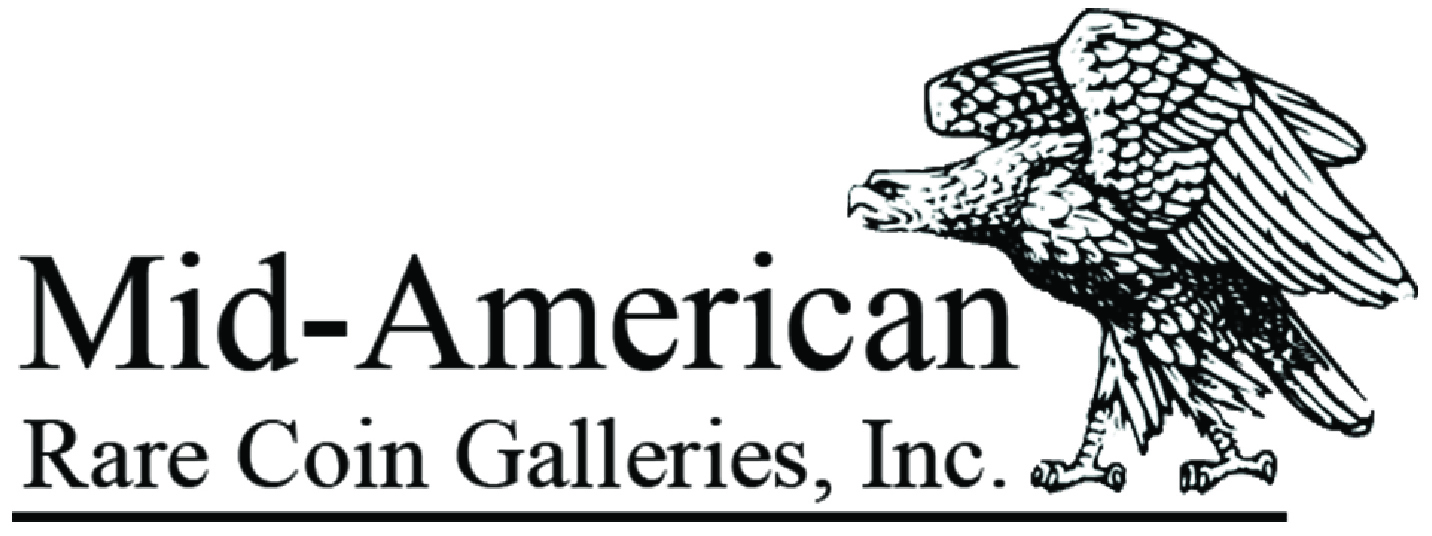Much attention in numismatics is focused on quality. One of the most common pieces of wisdom dispensed by experienced numismatists is to buy the best you can afford. The purpose of this article is to highlight the fact that the pursuit of quality is not limited to the top end of the Sheldon scale. Now more than ever, collectors are demanding attractive examples of coins at all ranges of the grading scale. Eye appeal has become the driving force for values. Some collectors are very price-sensitive, but most are more concerned with buying coins that look great for the grade. This concept includes circulated Colonial coins to Territorial gold coinage and everything in between.
Many collectors do not realize that they should keep quality in mind when purchasing circulated coins. Large Cent collectors have known this since the beginning of organized numismatics. A beautiful chocolate brown circulated Large Cent sells for much more than the typical coin that has dark color and scattered porosity. Finding a circulated 19th-century Large Cent devoid of problems is a very difficult task. Nearly all show the scars of time to some degree.
The same collecting strategy employed by Large Cent collectors applies to nearly every area of the rare coin market. Circulated coins without problems are quite scarce and demand considerable premiums.
What Are Some Eye Appeal Challenges with Circulated Coins?
Anyone who collects Lincoln Cents in circulated grades knows how difficult they are to find without problems. Many examples suffer from scratches, spotting, and rim issues. Uneven planchet colorations are also commonly seen. As with any series, PVC residue is another problem that causes concern.
One of the biggest challenges for collectors of nickel coinage is carbon spotting. Whether you collect Shield Nickels or Jefferson Nickels, carbon spots really lower the price that collectors are willing to pay. Most of these spots are nearly impossible to remove and doing so should be attempted only by coin conservation experts. For most of the earlier series, scratches and rim problems are the main areas that affect value.
Collecting circulated examples of silver coins presents many challenges. Finding an issue with even wear and problem-free surfaces is very difficult. Silver coinage is also more susceptible to tarnish and the metal is softer. The soft metal results in most circulated coins sustaining some sort of surface damage. Scratches and nicks are very common and more likely than not on nearly all early issues. Early silver coins are also very susceptible to surface cleaning. Many buyers of uncertified early silver coinage find out too late that the coin they thought was a bargain is actually harshly cleaned. This is why certification is very important for even the lowest-graded coins if they are valuable.
One of the largest coin companies in the United States is a prodigious buyer of circulated coins for their giant customer base. They specialize in what could be called “collector coins”, such as Indian Cents, Buffalo Nickels, Walking Liberty Half Dollars, and Morgan Dollars. They pay well above the market for perfectly circulated examples. The company has a huge following among wholesale dealers, who can manage their outsized rejection rates. There is clearly a lot of demand for beautifully circulated coins of all series.
The above-mentioned problems seen for circulated coins is why quite a few coins submitted to NGC for grading end up with Details grades. A few years ago, my company purchased a nearly complete set of Seated Liberty Half Dimes, Dimes, Quarters, and Half Dollars. The coins were collected years ago and were stored in old Dansco albums. The entire collection was submitted for grading and about 30% of the coins came back Details-graded with problems. The collection was very instructive for me as the coins were all auctioned. The results clearly indicated that no-problem, attractive examples of circulated coins bring healthy premiums compared to their defective counterparts.

The Newman Collection featured dozens of circulated Bust Half Dollars with amazing color and surfaces that sold for record amounts. Circulated coins with attractive toning often bring multiples of catalog valuations. This trend is not restricted to Bust Half Dollars. All denominations of Seated and Barber coinage experience similar results when extremely attractive examples come to market.
Circulated Gold Coins Are Particularly Tricky
Collecting circulated gold coins is another real challenge. Gold is very soft, and marks and scratches are the norm for most issues. Finding attractive examples with smooth surfaces is very difficult. Rim nicks are also a common nuisance and should also be an area of concern. Many uncertified examples of scarce issues can be found with filed rims that can often be quite deceiving. This is yet another reason to insist on NGC-certified coins regardless of the grades you collect.

By far the biggest problem with circulated United States gold coinage is that a very large number have been cleaned over the decades. Finding examples with what many experts call “original skin” is very difficult. Serious collectors of scarce-date circulated gold coins need to understand what this term means and how to recognize the difference. The coins with original surfaces will cost more, but when it’s time to sell, you will be well rewarded.
The message of buying the best quality you can afford is still solid advice, but this means coins at every grade level. The next time you purchase a circulated coin, consider the above advice and examine as many examples as possible before making a final decision. Your patience will result in a more attractive collection and one that is probably a better investment.
